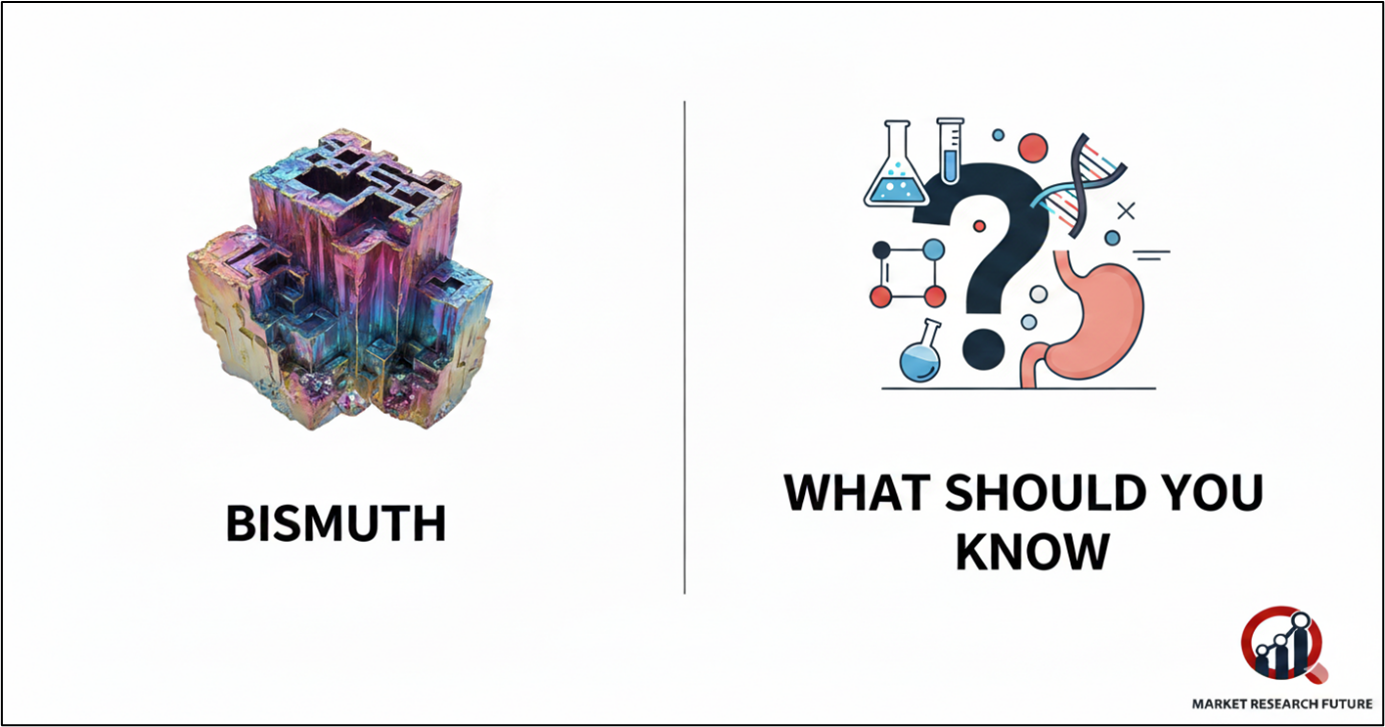Bismuth – What Should You Know

What You Should Know About Bismuth
Bismuth may look like just another element on the Periodic Table, but its name hides one of the most interesting and rare metals known to science. People have known about it for thousands of years, making it one of the first elements to be found. In fact, it is so old that no one person can be given credit for finding it. People often thought bismuth was lead or tin because they look alike, but this rare metal has its own unique properties that make it stand out.
The Unusual Properties of Bismuth
The atomic number of bismuth is 83, and it is in Group 15, Period 6 of the Periodic Table. It is a post-transition metal, which means it is in the middle of metalloids and semimetals. Bismuth is a crystalline metal that looks silver-white and often shimmers with pink, blue, and green hues that change with the light. This makes it look beautiful in a way that most metals don't.
One of the most interesting things about bismuth is that it has a low density when solid compared to when it is liquid. This is a rare property that lets solid bismuth float in its own molten state. It also melts at a low temperature, which makes it easy to use in both artistic and industrial settings.
Bismuth is very stable when it comes to chemistry. It doesn't rust or tarnish, just like gold or platinum. Bismuth is a heavy metal, but it is not toxic or harmful to the environment, which makes it a popular replacement for lead in many industries. Bismuth is different from other metals in that it doesn't play a biological role in living things and isn't found in any known life forms.
Even though bismuth is rare in nature, it is surprisingly cheap because there isn't much demand for it in industry. It might not be easy to find, but it's a hidden gem in the world of materials, both literally and figuratively.
How to Use Bismuth
Bismuth is useful in many fields, including medicine, cosmetics, and even art.
Uses in Pharmaceuticals:
The pharmaceutical industry is probably the most well-known place where bismuth is used. Medicines that help with digestive problems like diarrhea, nausea, and indigestion contain their compounds as important parts. Bismuth subsalicylate is especially well-known for its ability to calm the stomach and fight bacterial infections.
Cosmetic Industry: Bismuth oxychloride is highly valued in the beauty and personal care industry for its shine. This chemical gives products like eye shadows, blushes, and nail polishes a soft, iridescent glow that makes them look better.
Artistic and Decorative Uses: Artists have been fascinated by bismuth for a long time, even outside of the industry. When grown or shaped, its colorful crystals make geometric stair-step patterns that look like they belong in another world. People in ancient times, like the Incas, used bismuth with other metals to make ceremonial masks and ornaments. Artists and collectors love these bright crystals for how beautiful they are and how naturally they look.
Other Uses: Because bismuth is so dense, it makes a great substitute for lead in safety gear, bullets, and radiation shielding. It protects without the health or environmental risks that come with lead.
Long Live Bismuth
One of the most amazing things about bismuth is how stable it is. This element has a lifespan that is much longer than the age of the universe, which means it is almost immortal in human terms. It's poetic to think that every piece of bismuth, whether it's in a lab or a work of art, will probably last longer than people do.
When bismuth is heated, it burns with a bright blue flame and gives off a yellowish smoke, which is almost magical and matches its colorful crystalline shape.
Bismuth may look like a normal metal at first, but there is a world of wonder beneath its surface. It is a true marvel of both science and art because of its beautiful colors, safe nature, and many uses. Bismuth may not always be in the spotlight, but it still surprises, inspires, and reminds us that even the most common things can have amazing qualities.

Leave a Comment